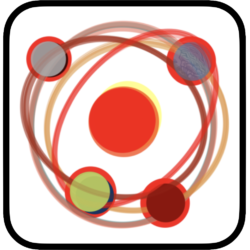Focus Area A: The challenge of near-term quantum computing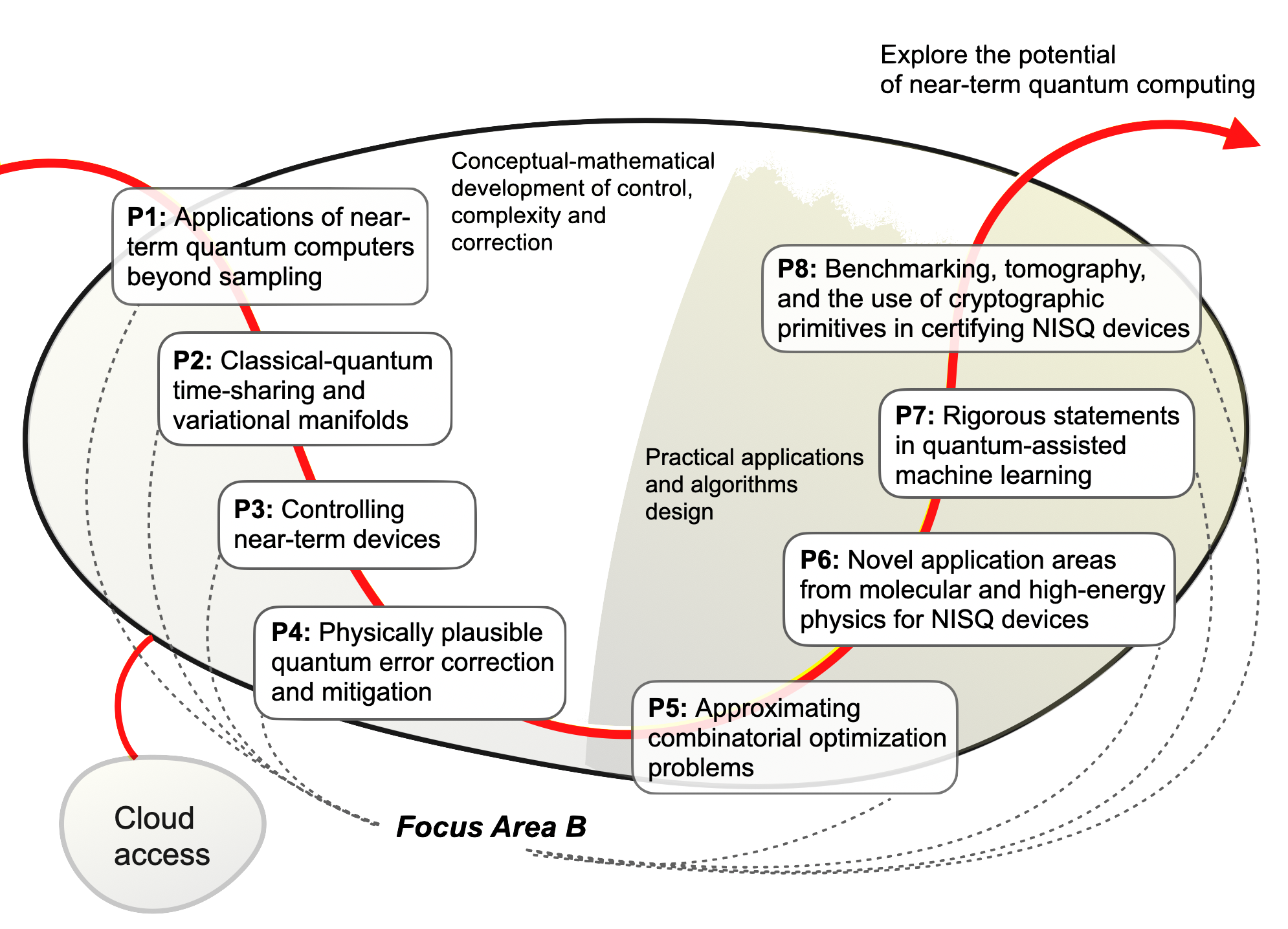
A: PROJECT P1
Applications of near-term quantum computers beyond sampling
 This project explores possible quantum advantages beyond known sampling problems and their verification, and at the same time paves the way for several applications in other efforts by developing core methodology requires for several other projects.
This project explores possible quantum advantages beyond known sampling problems and their verification, and at the same time paves the way for several applications in other efforts by developing core methodology requires for several other projects.
Eisert | Pappa | von Oppen
A: PROJECT P2
Classical-quantum time-sharing and variational manifolds
 This project deals with the optimal combination of quantum and classical processes to maximally exploit the potential of NISQ devices.
This project deals with the optimal combination of quantum and classical processes to maximally exploit the potential of NISQ devices.
Pappa | Eisert | Hintermüller
A: PROJECT P3
Controlling near-term devices
 We will address the challenge of characterizing and operating near-term quantum devices using tools from mesoscopic physics and quantum control theory. We will derive the probability distributions describing the random but static uncertainties in imperfect devices and use these distributions to explore the cooperation of control and noise.
We will address the challenge of characterizing and operating near-term quantum devices using tools from mesoscopic physics and quantum control theory. We will derive the probability distributions describing the random but static uncertainties in imperfect devices and use these distributions to explore the cooperation of control and noise.
Brouwer | Koch | von Oppen
A: PROJECT P4
Physically plausible quantum error correction and mitigation
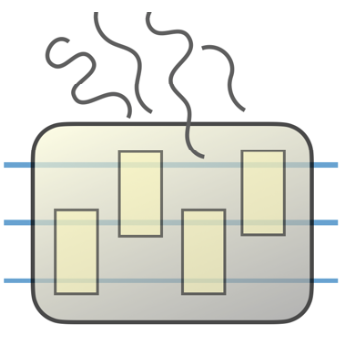 This project explores physically plausible and platform-non-agnostic schemes for quantum error mitigation.
This project explores physically plausible and platform-non-agnostic schemes for quantum error mitigation.
von Oppen | Eisert
A: PROJECT P5
Approximating combinatorial optimization problems
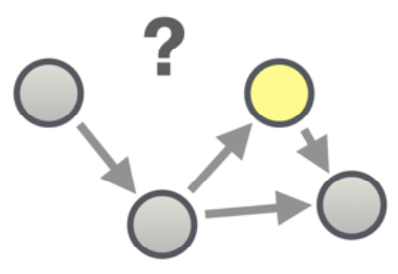 This project will explore to what extent near-term quantum computing may potentially provide better approximations to combinatorical optimization problems, bringing together expertise from quantum computing and applied mathematics.
This project will explore to what extent near-term quantum computing may potentially provide better approximations to combinatorical optimization problems, bringing together expertise from quantum computing and applied mathematics.
Pokutta | Eisert | Hintermüller | Kramer
A: PROJECT P6
Novel application areas from molecular and high-energy physics
 Real-life applications with examples from experimental high-energy physics as well as theoretical molecular and high-energy physics will be implemented on a quantum-computing device by employing algorithms that are developed for and tested on NISQ devices, but which can be scaled up to beyond-NISQ quantum computing devices.
Real-life applications with examples from experimental high-energy physics as well as theoretical molecular and high-energy physics will be implemented on a quantum-computing device by employing algorithms that are developed for and tested on NISQ devices, but which can be scaled up to beyond-NISQ quantum computing devices.
İşsever | Jansen | Saenz
A: PROJECT P7
Rigorous statements in quantum-assisted machine learning
 Quantum-assisted machine learning is traded as one of the major applications of near-term quantum computing. In this project, we explore the actual potential of noisy quantum computers for exhibiting a quantum advantage in precisely defined learning tasks.
Quantum-assisted machine learning is traded as one of the major applications of near-term quantum computing. In this project, we explore the actual potential of noisy quantum computers for exhibiting a quantum advantage in precisely defined learning tasks.
Seifert | Müller | Eisert | Paschke | Wiegand | Gütig | Haufe
A: PROJECT P8
Benchmarking, tomography, and the use of cryptographic primitives in certifying NISQ devices
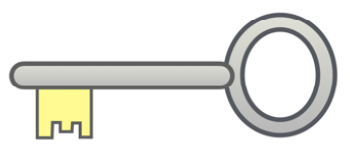 This project comprehensively explores the connection of quantum computing with cryptographic notions. It sets out to verify quantum computations at scale and introduces a cryptographic leash on entire quantum devices. Building on this machinery, it develops new tools for benchmarking and certification of entire quantum devices and their components. The steps laid out earlier can only be fulfilled if each component can be verified in its
This project comprehensively explores the connection of quantum computing with cryptographic notions. It sets out to verify quantum computations at scale and introduces a cryptographic leash on entire quantum devices. Building on this machinery, it develops new tools for benchmarking and certification of entire quantum devices and their components. The steps laid out earlier can only be fulfilled if each component can be verified in its
correct functioning.
Seifert | Eisert | Pappa | Schröder
Focus Area B: Building distributed quantum processors

B: PROJECT P9
Highly efficient integrated single photon sources matched to atomic and molecular transitions
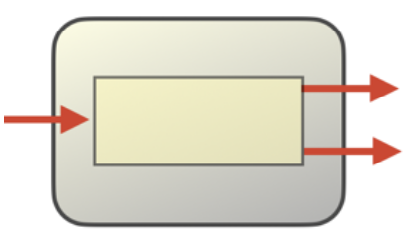 Highly efficient integrated single photon sources, which match the wavelengths and linewidths of cesium and rubidium transitions, will be implemented based on a versatile aluminum nitride platform. By means of spatial-mode multiplexing of up to eight sources on one chip, we aim to realize efficiencies above 90 %. Storage and retrieval of single narrowband photons in an atomic quantum memory will be demonstrated.
Highly efficient integrated single photon sources, which match the wavelengths and linewidths of cesium and rubidium transitions, will be implemented based on a versatile aluminum nitride platform. By means of spatial-mode multiplexing of up to eight sources on one chip, we aim to realize efficiencies above 90 %. Storage and retrieval of single narrowband photons in an atomic quantum memory will be demonstrated.
Benson | Rauschenbeutel | Koch
B: PROJECT P10
Integration of on-demand quantum emitters as resource for photonic quantum processing
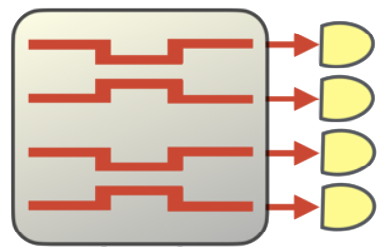 Integrated quantum photonic circuits are key building blocks for future photonic quantum computers. We develop scalable and fully functional quantum photonic units by integrating solid state quantum emitters into heterogeneous waveguide circuits.
Integrated quantum photonic circuits are key building blocks for future photonic quantum computers. We develop scalable and fully functional quantum photonic units by integrating solid state quantum emitters into heterogeneous waveguide circuits.
Reitzenstein | Schröder | Woggon
B: PROJECT P11
Generation of photonic cluster states
 Photonic cluster states are the main resource for measurement-based “one-way” quantum computing. The required theoretical and experimental schemes for their generation will be developed and implemented, which will in turn be applied for the demonstration of a quantum algorithm.
Photonic cluster states are the main resource for measurement-based “one-way” quantum computing. The required theoretical and experimental schemes for their generation will be developed and implemented, which will in turn be applied for the demonstration of a quantum algorithm.
Schröder | Heindel | Eisert
B: PROJECT P12
Distributing quantum information with an atomic vapor-based quantum light source
 In this project, we develop a novel quantum light source that emits at telecom wavelengths as a key component for quantum communication networks. The source uses a single-photon turnstile, which is based on a collectively enhanced non-linearity inside thermal Rubidium vapor – an approach radically different from other schemes. Implemented in a fiberbased proof-of-principle quantum key distribution test-bed, we evaluate the performance of the source for applications in quantum cryptography.
In this project, we develop a novel quantum light source that emits at telecom wavelengths as a key component for quantum communication networks. The source uses a single-photon turnstile, which is based on a collectively enhanced non-linearity inside thermal Rubidium vapor – an approach radically different from other schemes. Implemented in a fiberbased proof-of-principle quantum key distribution test-bed, we evaluate the performance of the source for applications in quantum cryptography.
Heindel | Rauschenbeutel | Pappa
A: PROJECT P13
Quantum information aspects of discrete holography
![]() This project explores the quantum information side of holographic
This project explores the quantum information side of holographic
dualities, a recent development in high-energy physics that relates the difficult computational task of simulating strongly-interacting critical systems to simpler semi-classical “gravitational” models. In the discrete setting, this leads to quantum error-correcting codes with novel exotic features.
Jahn | Eisert
